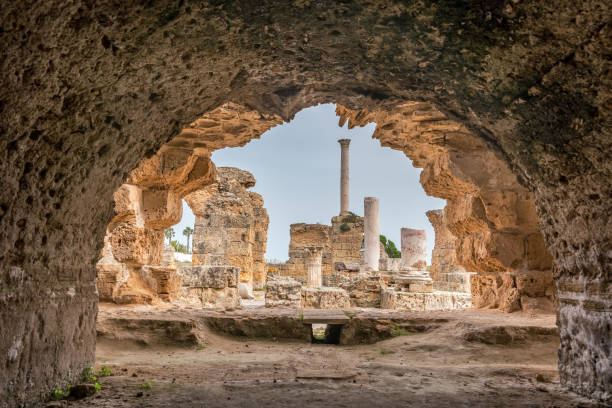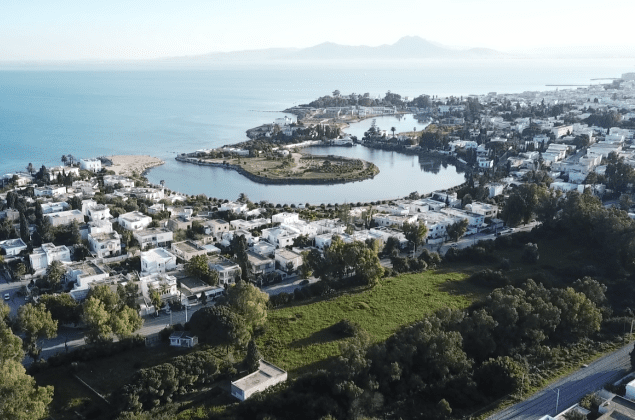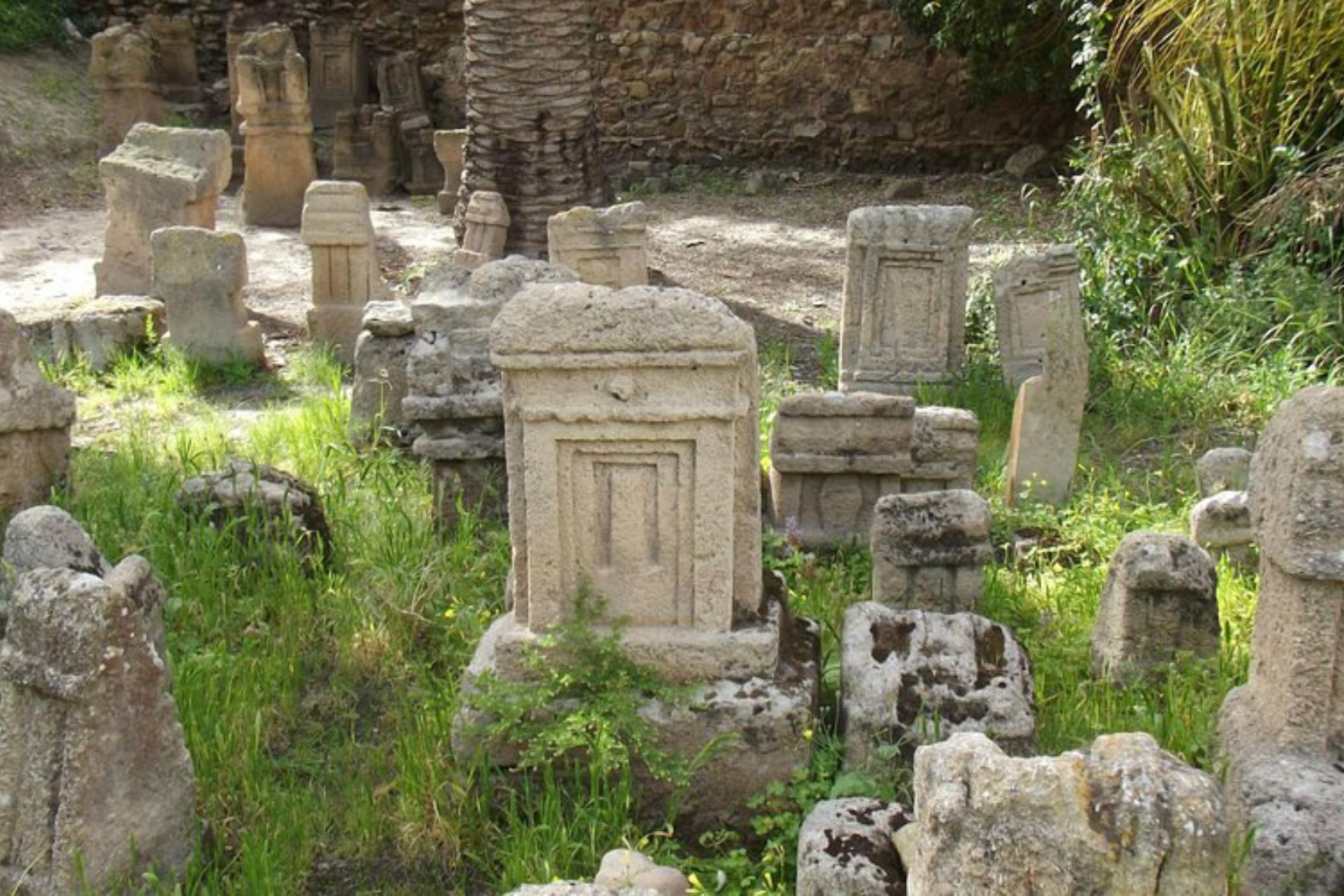Carthage, a city rich in history and culture, stands as one of the most iconic ancient civilizations of the Mediterranean. Founded in the 9th century BC, it was once the capital of a powerful Phoenician empire that played a central role in trade, politics, and military affairs. Today, the remnants of this illustrious past can still be explored through the well-preserved monuments that dot the landscape.
Key landmarks include:

Carthage is not only a symbol of Tunisia’s historical heritage but also a UNESCO World Heritage Site, attracting scholars and visitors alike who are eager to delve into its ancient legacy.
Carthage is not only a symbol of Tunisia’s historical heritage but also a UNESCO World Heritage Site, attracting scholars and visitors alike who are eager to delve into its ancient legacy.






Don’t miss our future updates! Get Subscribed Today!
©2024. University of Carthage. All Rights Reserved.
Developed by Kawther JLASSI under the direction of Mr Mongi BESBES